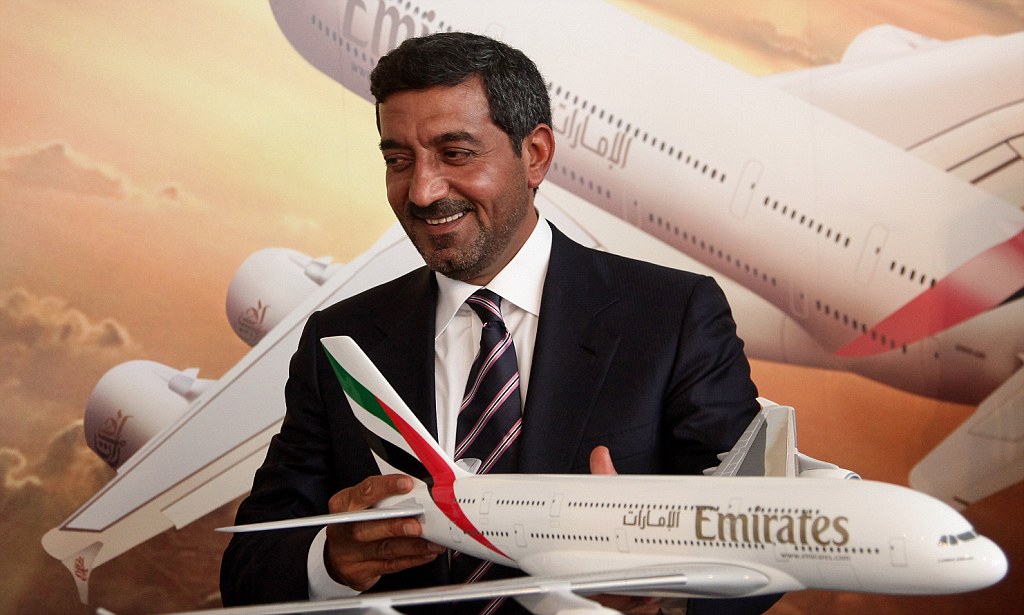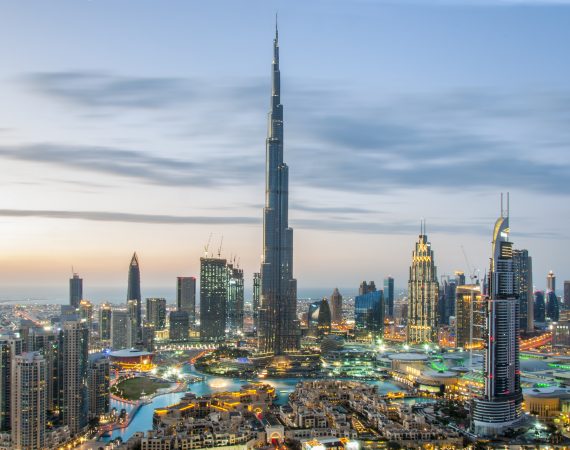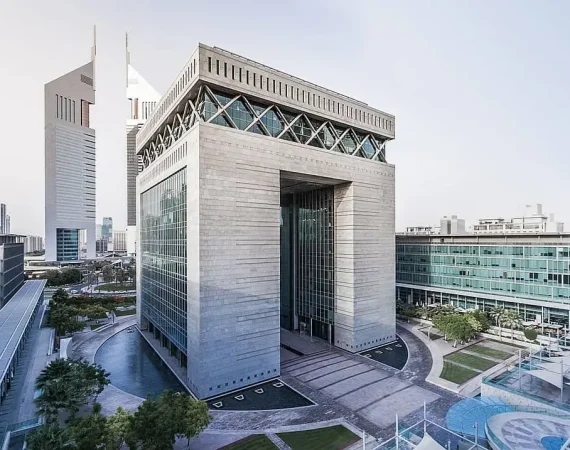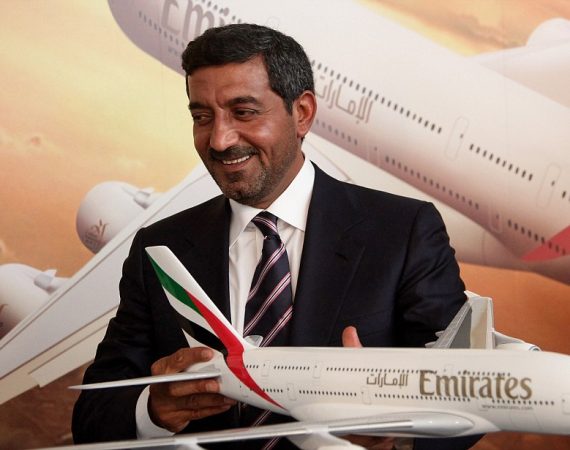From 1985 Onward: The Inception of Emirates Airlines Commenced with Routes to Karachi and Mumbai

As the UAE gears up to commemorate its 50th National Day this year, it’s worth reflecting on Dubai’s remarkable transformation from a quiet fishing village to the bustling global aviation hub it stands as today.
No narrative about Dubai would be complete without acknowledging the pivotal role played by Emirates airline, one of the region’s largest carriers.
Back in 1984, Sheikh Mohammed bin Rashid al Maktoum, then UAE Minister of Defence, tasked Sir Maurice Flanagan, the managing director of dnata, with exploring the possibility of establishing an airline. By December of that year, a comprehensive business plan had been drafted, and the name “Emirates” was chosen for the fledgling carrier.
Just a year later, Flanagan was entrusted with the ambitious challenge of launching an airline within a mere five months, armed with a modest seed funding of $10 million. This endeavor would operate without subsidies or aero-political protection, adhering to Dubai’s policy of open skies.
Emirates embarked on its maiden flights from Dubai to Karachi and Mumbai on October 25, 1985, utilizing a Boeing 737 and an Airbus 300 B4 leased from Pakistan International Airlines.
In its initial five years of operation, Emirates rapidly expanded its network to include 14 destinations, spanning key cities such as Mumbai, Delhi, Karachi, and others. The 1990s witnessed a surge in air travel popularity, marked by increased competition and a growing customer base, leading to fare reductions.
During this period, Dubai International Airport underwent significant refurbishments, including the inauguration of a new $2 million departure terminal for Emirates.
Despite the challenges posed by the US recession and the Gulf War in the early 1990s, which decimated air travel demand and caused substantial industry losses, Emirates demonstrated resilience by swiftly rebounding. In a bold move, the carrier placed an order for seven Boeing 777s with seven options, underscoring its financial stability. Additionally, Emirates made its inaugural acquisition by acquiring a 43% stake in Air Lanka (later rebranded as SriLankan).
As Emirates soared, so did Dubai’s stature as a global aviation hub, with passenger arrivals surpassing the 11 million mark by 1999. The airline transported 4.7 million passengers that same year, operating a fleet of 32 aircraft.
The 2000s marked the ascent of Emirates as a truly global brand, evident in its ubiquitous presence across various platforms, from television commercials to sponsorships at prestigious sporting events like the Rugby World Cup and Formula One. This widespread visibility underscores the airline’s formidable marketing prowess and global reach.
Source: Gulf News


